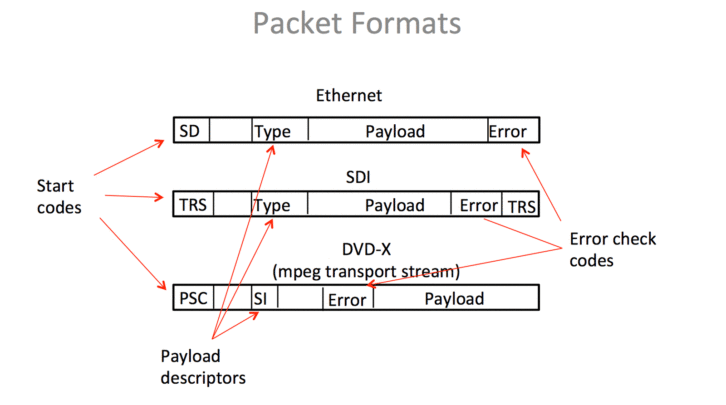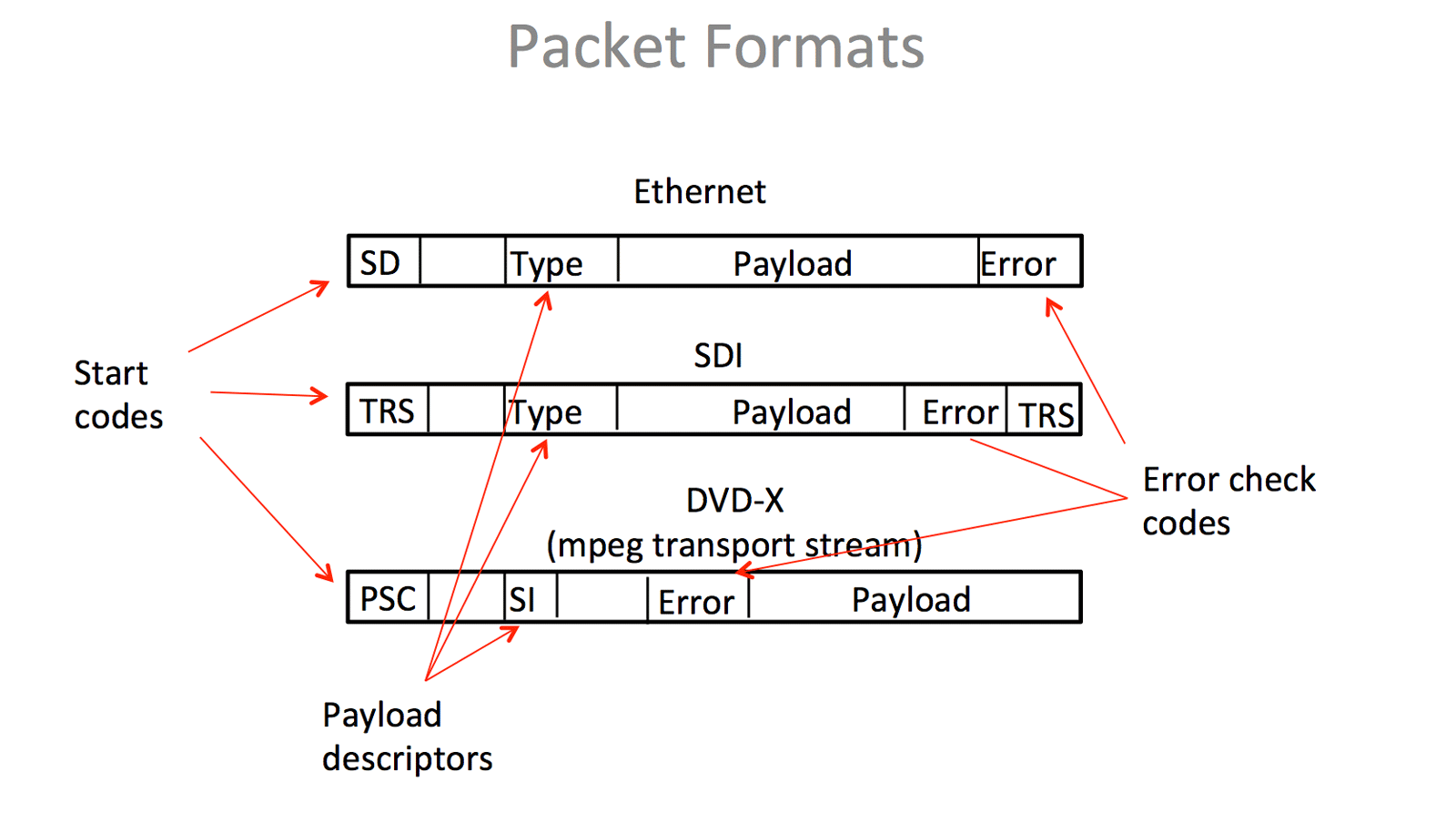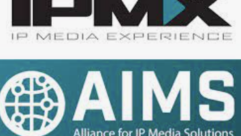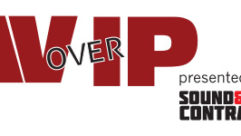

Welcome to the inaugural edition of Sound & Video Contractor’s AV Over IP Newsletter. My name is Phil Hippensteel and I’ll be the lead author to the series. Currently, I serve as an adjunct professor at the Harrisburg campus of Penn State University. Having spent over forty years in higher education, I now focus on IP communications; researching, writing and presenting what I’ve learned. I started with the IT point of view and gradually moved more to the AV side. Now I divide my focus between the two.
In our series we will explore a wide variety of topics which will keep you informed about the explosion of interest in IP related technologies. We’ll sometimes study a standard, explore the use of a new protocol or AV method, investigate a trend controversy, or discuss the impact of AV on the traditional role of the IT department. Our goal is to make the series helpful to both AV and IT professionals.
In this first newsletter, I’d like to discuss the on-going issue sometimes referred to as IP versus legacy analog and digital forms of audio and video. Let’s focus on the way audio and video in analog or digital form flows though hardware devices such as splitters, switchers and circuits. Then we’ll see how this compares to the movement of audio and video over IP data networks. These were designed primarily to handle things like email, web surfing and data applications. Throughout my career when I’ve seen a new technology applied with an established set of applications, I’ve learned that in almost every situation, there is an appropriate role for both the old and new technology. Neither will completely eliminate the need for the other. We saw this when TCP/IP disrupted the IBM mainframe SNA architecture in the 1990s and when VoIP entered into competition with traditional switched telephony in the early part of this millennium. Yet, both mainframe SNA and the switched analog and digital PSTN have survived and are useful.
It is true that the move from what we usually to call digital transmission to packet (IP) transmission is a big change, but this mostly a cultural and attitude change. It will require gaining new knowledge and inventing new methods of applying what we have learned. However, if your constituents are expecting HD or 4K video, it can be delivered by either digitally transmitted streams or IP packets. We learned a lot form the VoIP transition. Some said it would destroy toll quality voice. Some said it would never have the reliability of traditional telecom. Yet, today we readily use cell phones with far less than toll quality and cable companies and Internet companies deliver highly reliable voice systems. I believe our task should be to be as informed as possible about IP technology and determine where it can or cannot replace the traditional methods we have used.
Now let’s think about the similarities and differences in a little more detail. For purposes of this discussion I’ll refer to IP as packet communications. A friend of mine who is a PhD in electrical engineering would say that analog and digital only really differ in the mathematics that explains them. He would also say that the concept of telephony statistical multiplexing was really where packet communications began in the 1950’s. The critical differences are in how and where we use them and what benefits can be derived from each.

In nearly all forms of data communications, a packet or frame is a logically organized group of bits that carry signals or information. In Ethernet that is used with the vast majority of IP communications, the frame has two addresses, an indicator of the payload type and error check field. The frame begins with a pattern that announces the beginning of the frame and ends when the signal returns to default pattern. That’s not much different than what happens in the various forms of SDI. The digital stream begins the transport of the video frame with a synchronization pattern commonly called the TRS (timing reference signal) and concludes with a similar pattern. This frame or packet also contains an error check code, just as it does in Ethernet. In DVB-T, the transport stream has a header that contains a start pattern, the stream id to indicate audio or video, and frames that contain mpeg compressed digital video from the source devices. Within the frames are small packets called mpeg transport packets that contain the actual audio or video data. All of these are using frames and packets. So, the layout of the ones and zeros in the stream are remarkably similar.
The other aspect of both digital and packet transmission is that they depend on encapsulation of some of the data within a larger frame format. In IP communications the IP packet is encapsulated in the Ethernet frame. At the receiver, the outer header is interpreted by the network interface card before the IP packet is processed in the software of the IP stack. With IPTV, DVD-S or DVD-T, the small mpeg transport stream packets are encapsulated in a larger frame format called a PES (packetized elementary stream) packet.
It’s clear, then, that there may be more similarities in the forms of communications than we might think.









